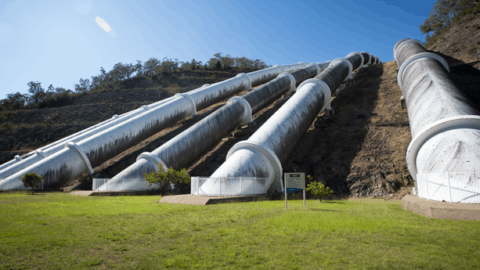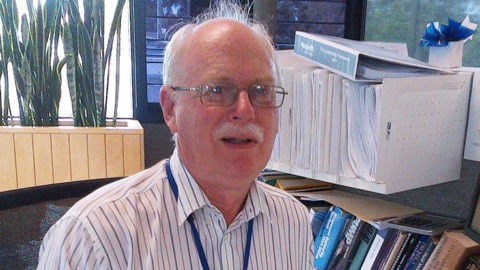TasWater’s Turriff Lodge Wetland project is set to begin in March, and will see the Turriff Lodge Sewage Treatment Plant outfall reestablished and upgraded to make it compliant with modern standards as part of a project to remediate the wetlands.
The man-made wetland was built in the 1990s as a series of lagoons to provide additional treatment for effluent from the Turriff Lodge Sewage Treatment Plant. However, it no longer provides any treatment benefit and will continually worsen over time.
The area will instead be bypassed using a new underwater outfall which will remove the effluent from the wetland and enable the area to be remediated.
This transformation project has been discussed for many years, and a process of public consultation by the Derwent Valley Council in late 2020 found community support for the project.
TasWater General Manager Project Delivery, Tony Willmott, said TasWater are reestablishing the old Turriff Lodge Sewerage Treatment Plant outfall back into service.
“This will be a far superior method of discharging the treated effluent to the poorly performing wetland,” Mr Willmott said.
“New Norfolk is a beautiful and rapidly growing town, and one of TasWater’s priorities is to improve the area’s public health and environmental outcomes.”
The new outfall will extend 14m into the river to a depth of 6m and a new diffuser will aid dilution and dispersal. This will improve the local water quality and provide better protections for public health and the local aquatic ecosystem.
Construction of the outfall will involve the use of a boat, divers and a barge for pile driving into the riverbed to anchor the new infrastructure into place.
Once the new outfall is diverting effluent away from the wetland, work will start on filling the area. This work is expected to begin in April 2023.
Transforming the wetland will involve removing the reeds and managing the many weeds on the site, as appropriate to each species, then allowing the area to gradually dry and drain.
Rock, fill and topsoil will be brought in, before seeding the area with grass. Filling the wetland will be a significant task, with approximately 14,000m3 of fill to be transported to the site from the nearby Bryn Estyn Water Treatment Plant.
“A very small number of trees will need to be removed or pruned for this work to occur, but the vast majority of established trees will be kept in place, so they can continue to provide habitat for birds, be enjoyed by visitors and screen the sewage treatment plant from sight,” Mr Willmott said.
“Our environmental assessments have determined this work can be undertaken without risk to threatened species. TasWater are investing in an environmental management plan that will guide our activity to ensure we can limit our impacts on the local environment.
“For example, we are taking steps to ensure any platypus in the area maintain uninterrupted access to the river.”
The transformation project is being carried out within conditions set by the Environment Protection Authority, the Tasmania Parks and Wildlife Service, and the Derwent Valley Council.


















